Here's a quick city map I recently made for my Iron Heroes campaign.
I started with a white background in Photoshop, and drew in the roads on a new layer in black using the line tool in various widths (setting up a fine grid, and activating the "snap to grid" feature can also be helpful). Solid filled polygons for the town squares and markets. Then, I just inverted the color of the streets to make it white streets on a white background. Finally I "stroked" the street layer - 1 pixel wide, black, outside edge.
That gave me nice, outlined city blocks with space between for streets, but without having to define specific buildings. I left them in black and white for an engraved wood-cut sort of feel, but from there it would be easy enough to fill in the streets and/or city blocks with whatever color or texture you prefer.

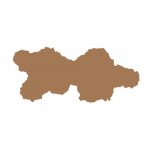
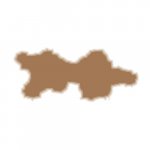
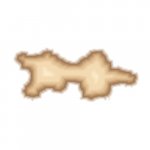
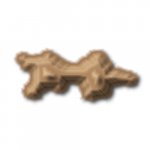
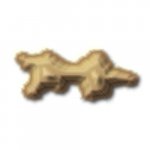
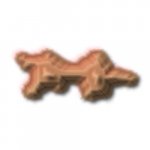
![mtn_tut[12].jpg](/data/attachments/41/41155-80493a54370de1522d8bad6c415be95f.jpg)
